What is Stoicism?
A Timeless Philosophy for Modern Life
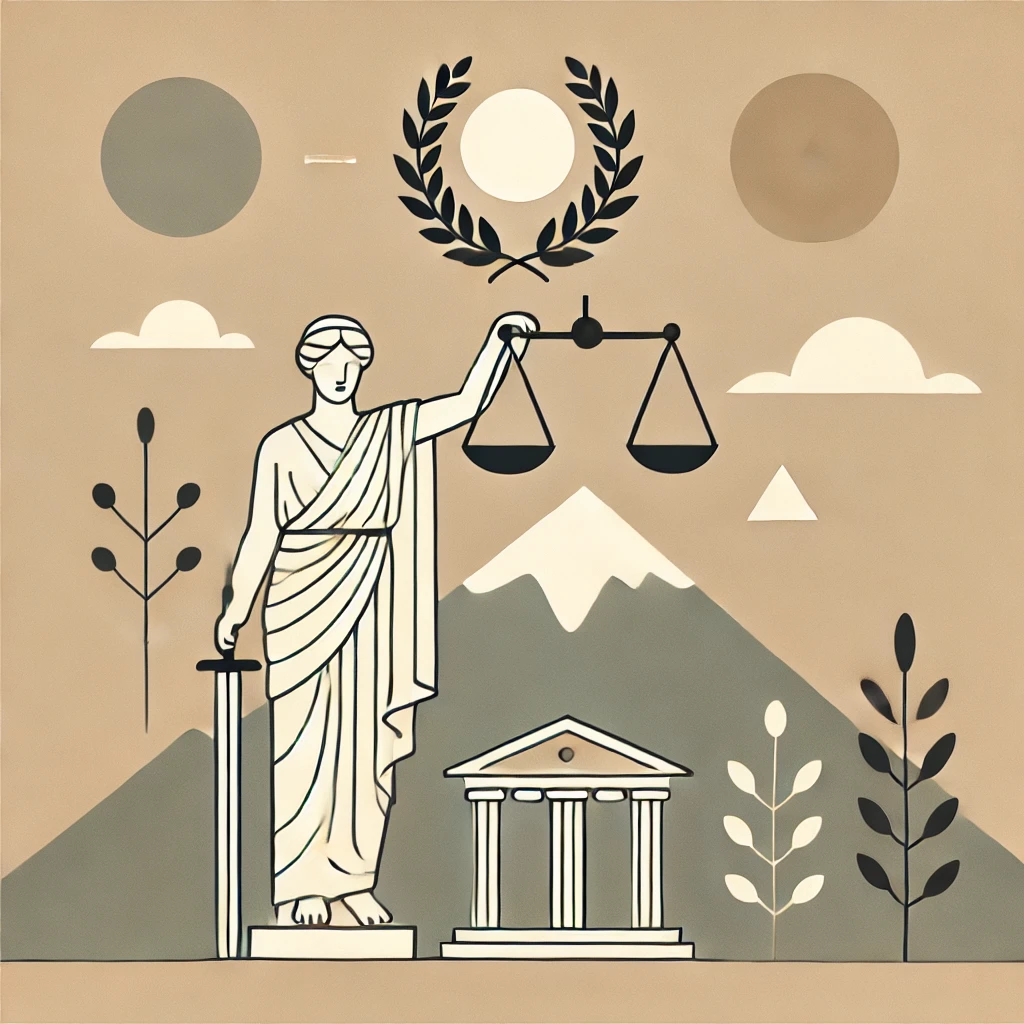
Have you ever found yourself overwhelmed by life's challenges, seeking a way to remain calm in the storm? Imagine possessing the mental tools to navigate stress and adversity with unshakable calm. This is the power of Stoicism.
In this post, we’ll explore the essence of Stoicism—an ancient Greek philosophy that remains relevant today. Whether you’re new to Stoic thought or looking to deepen your understanding, we’ll uncover how Stoicism’s wisdom can help us live more balanced, resilient, and purposeful lives.
What is Stoicism?
Stoicism is a practical philosophy that emerged in ancient Greece during the 3rd century BCE, founded by Zeno of Citium. It teaches that by understanding what we can and cannot control, we can find tranquility amidst life’s uncertainties. At its core, Stoicism emphasizes aligning with nature, practicing virtue, and cultivating inner peace in a chaotic world.
The Four Cardinal Virtues of Stoicism
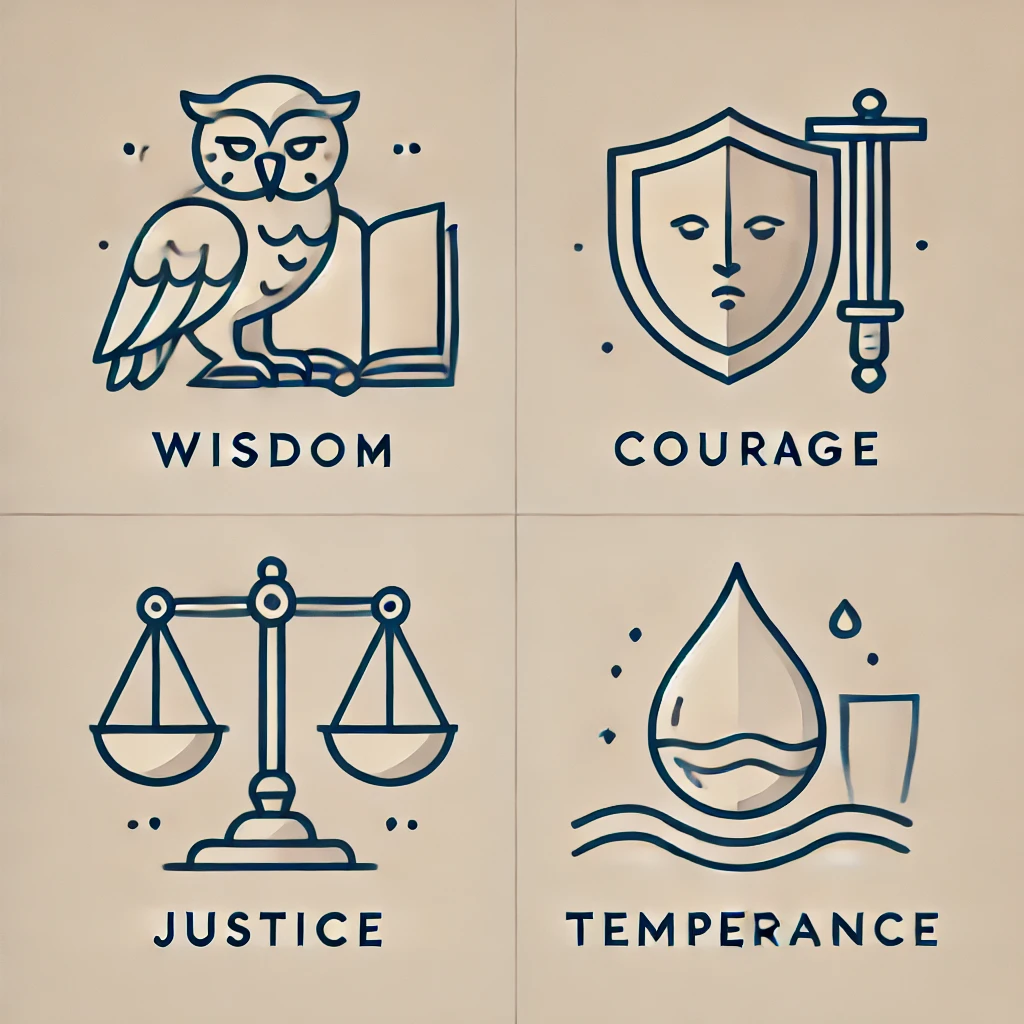
Stoicism offers a framework of four central virtues that guide moral living:
Wisdom (Sophia): The ability to make sound decisions and differentiate between what is good, bad, or indifferent.
Courage (Andreia): Facing fears and hardships with strength and endurance.
Justice (Dikaiosyne): Treating others with fairness and equity.
Temperance (Sophrosyne): Practicing moderation and self-control in all aspects of life.
The Dichotomy of Control
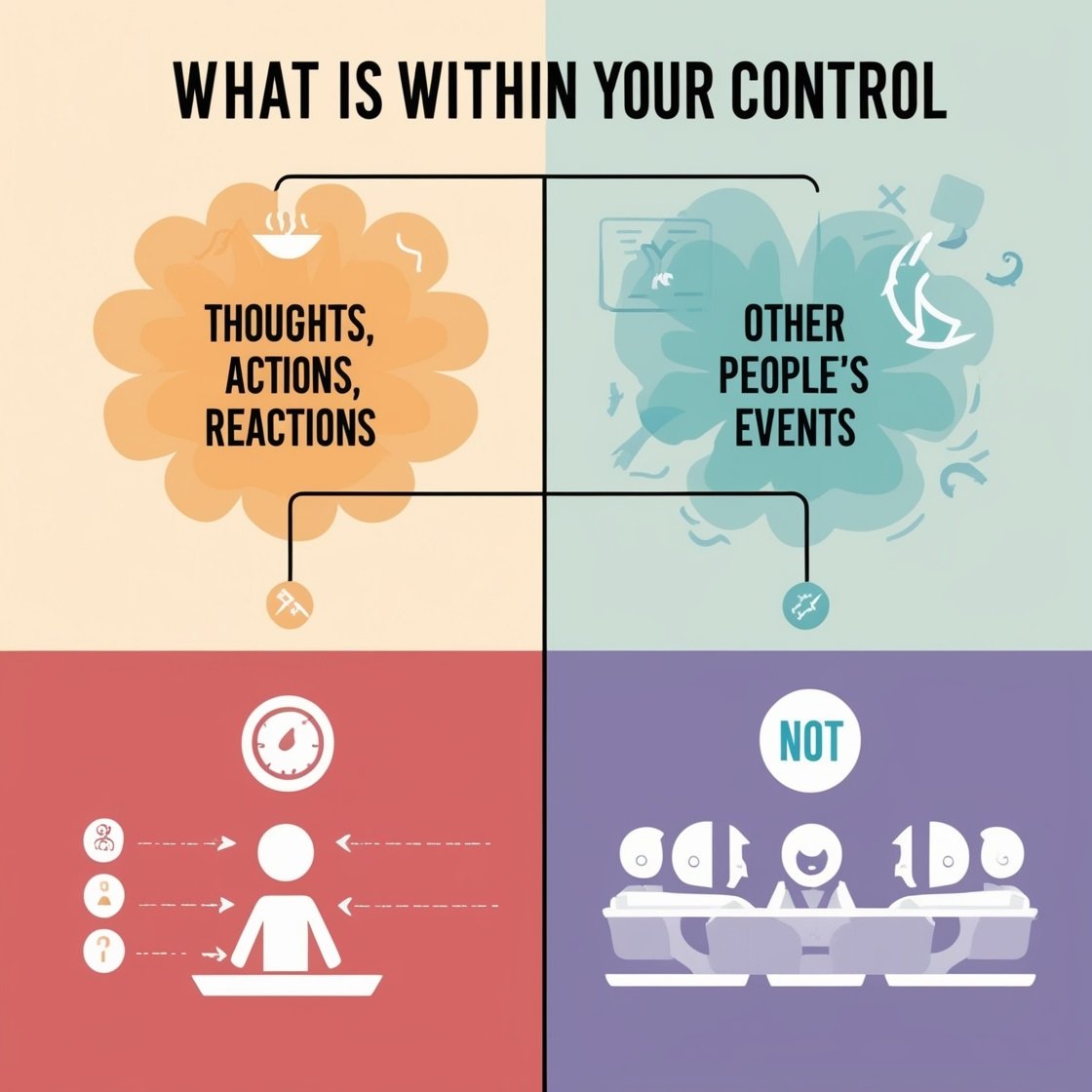
One of the most famous Stoic teachings is the Dichotomy of Control. Stoicism emphasizes that while we cannot control external events, we can control how we respond to them. This insight helps us reduce anxiety, as it shifts our focus toward what truly matters: our own thoughts, actions, and attitudes.
Internal vs. External Control
• Internal: Our thoughts, emotions, choices, and actions.
• External: Events, outcomes, other people’s behaviors, and circumstances.
Reflection: How often do we find ourselves preoccupied with things outside our control? By focusing on what’s within our power, we free ourselves from unnecessary stress and can face challenges with greater clarity and calm.
Stoicism in Daily Life

Stoicism isn’t a philosophy meant to be studied in isolation; it's a philosophy for living. Here are practical ways we can bring Stoic principles into our everyday lives:
Morning Reflection: Begin each day with a few moments of contemplation, preparing your mindset for any challenges that may arise.
Negative Visualization: Mentally preparing for potential setbacks can help us navigate them more gracefully when they occur.
Mindful Reactions: When faced with stress or conflict, pause before reacting and ask, “Is this within my control?”
These practices help us integrate Stoicism’s wisdom into our daily routines, gradually cultivating a calm and resilient outlook.
Famous Stoic Figures
Stoicism has influenced some remarkable historical figures whose lives and writings continue to inspire us:
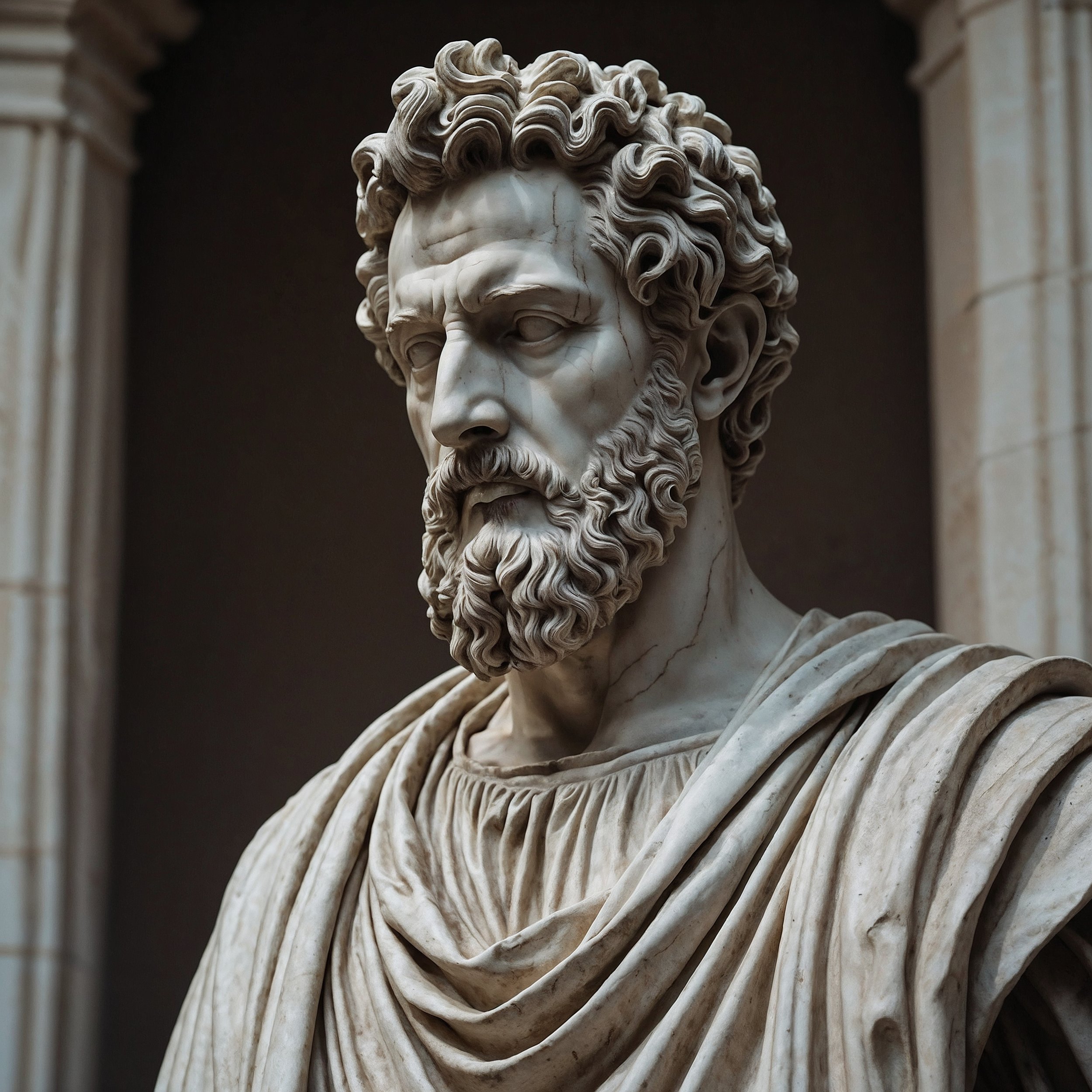
|
Marcus Aurelius: Roman emperor and philosopher, known for his work Meditations, a collection of personal reflections on Stoic practice. |
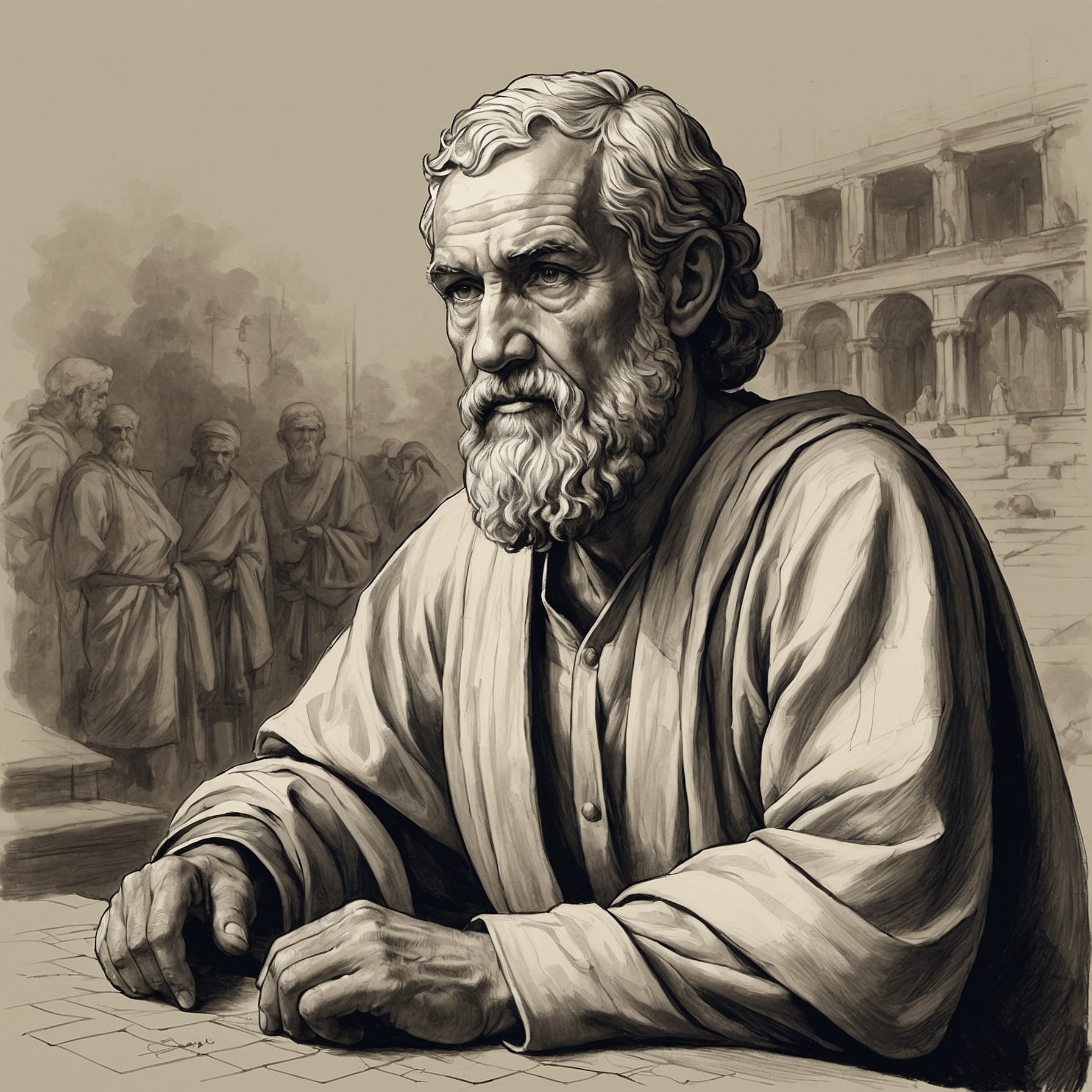
|
Epictetus: A former slave who became a prominent Stoic teacher, emphasizing the power of choice. |
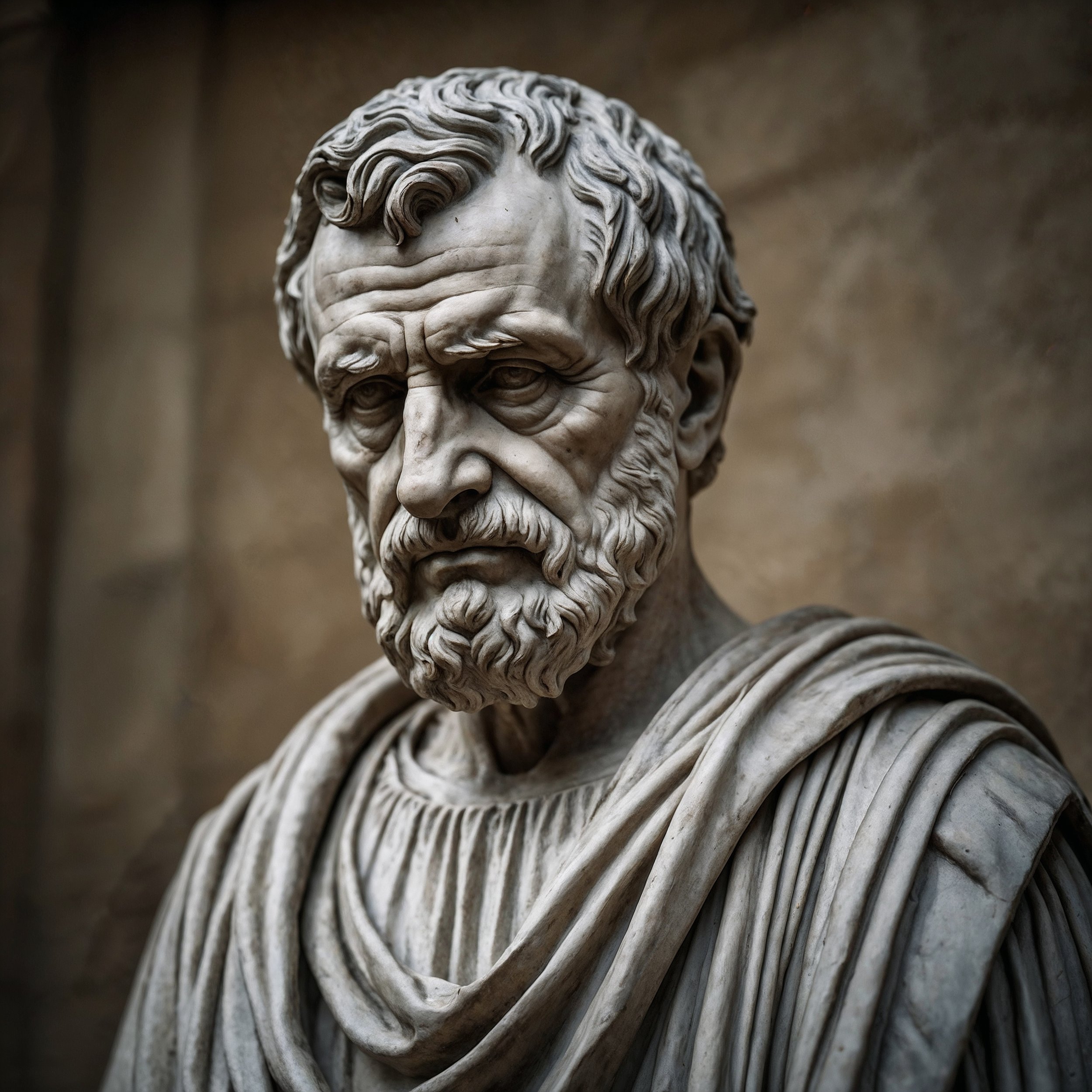
|
Seneca: A statesman and playwright who shared practical wisdom for managing emotions and living ethically. |
Conclusion
Stoicism is more than an ancient philosophy—it’s a timeless guide for living with purpose, resilience, and clarity. By embracing its teachings, we can cultivate inner peace, face life’s challenges with grace, and stay focused on what truly matters. Stoicism reminds us that wisdom lies not just in theory but in everyday action.
But what if there were a way to deepen this philosophy by blending it with another ancient tradition? In our next exploration, we’ll introduce Taoist principles and discuss how their emphasis on harmony and flow can complement Stoic values, creating a balanced approach we call Staoicism. Together, these philosophies provide a powerful framework for navigating modern life with resilience, flexibility, and inner calm.
How will you begin applying Stoicism in your life today?
Share your thoughts in the comments below, and join us as we journey deeper into the intersection of Stoicism and Taoism! If you're curious to explore more, check out our next post on the core Stoic principles: Virtue, Logic, and Control.
🌊 The Ripple Zone
🔗 Navigate the Flow: Visit the Staoic Compass to find all insights in one place.
🎥 Watch the related video : Introduction to Stoicism: Origins, Principles, and Modern Impact [ … ]
📩 Stay in the Flow: Subscribe to our newsletter for weekly Staoicist wisdom.
💬 Share your thoughts below: How does this resonate with your journey?

